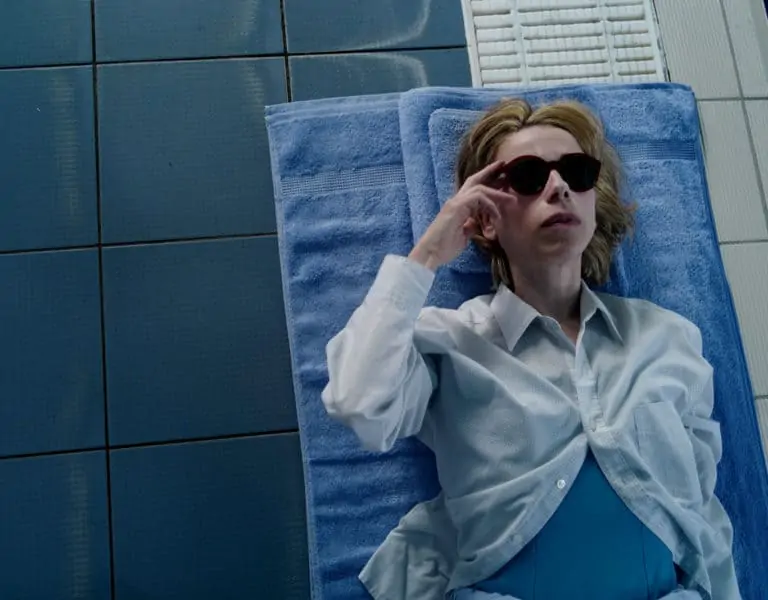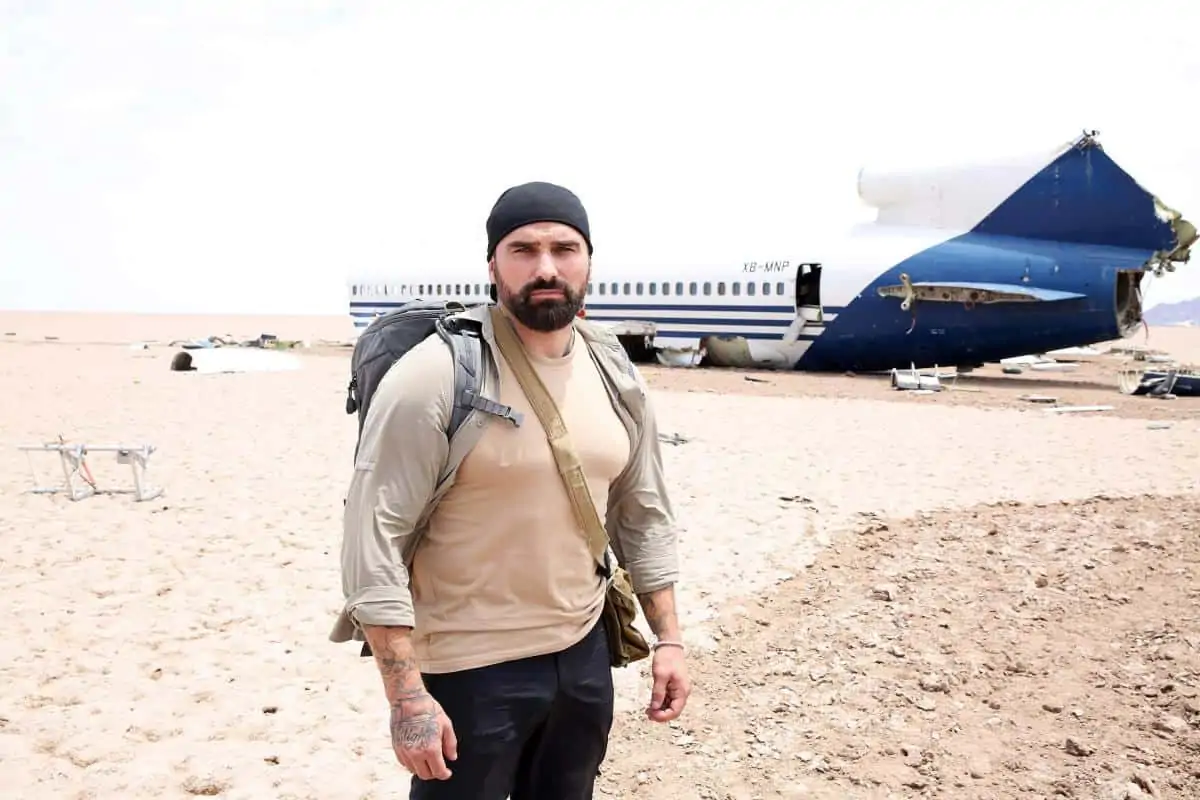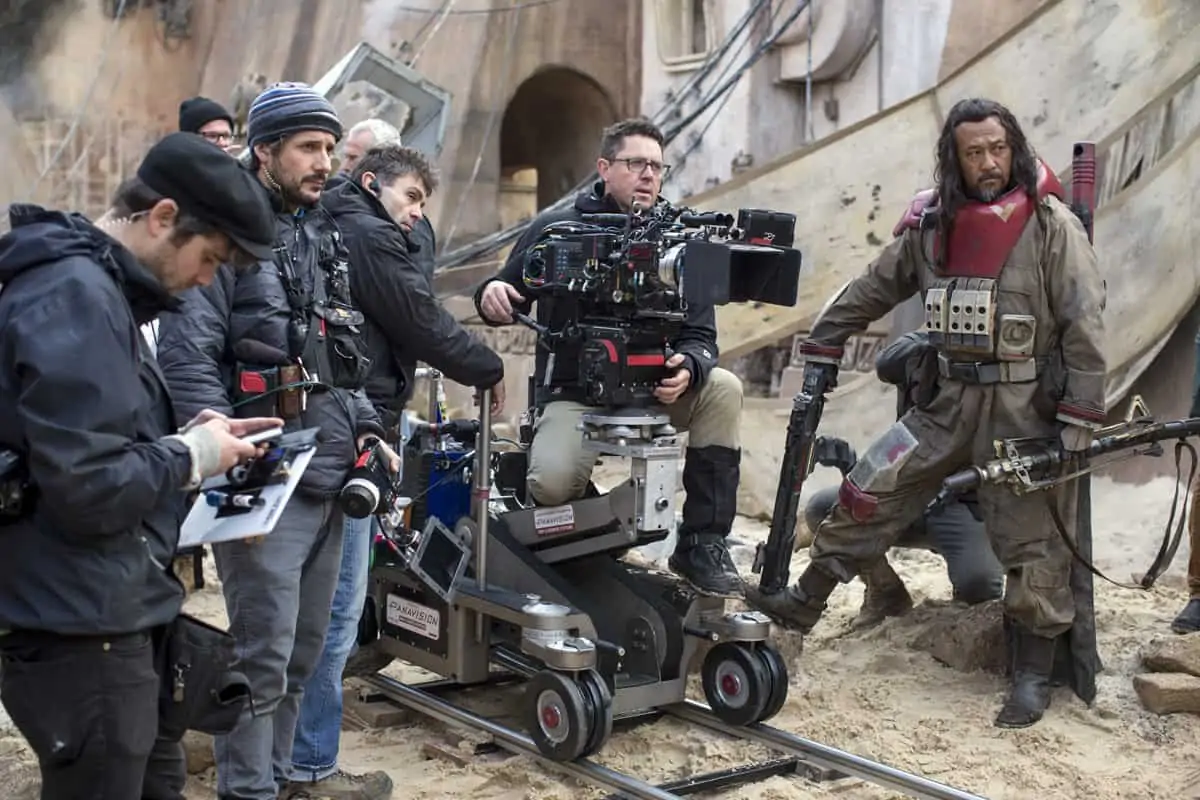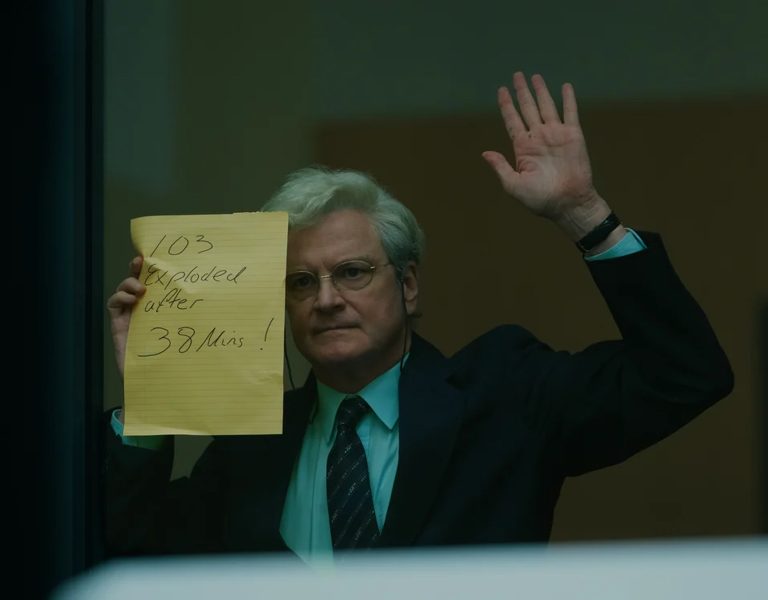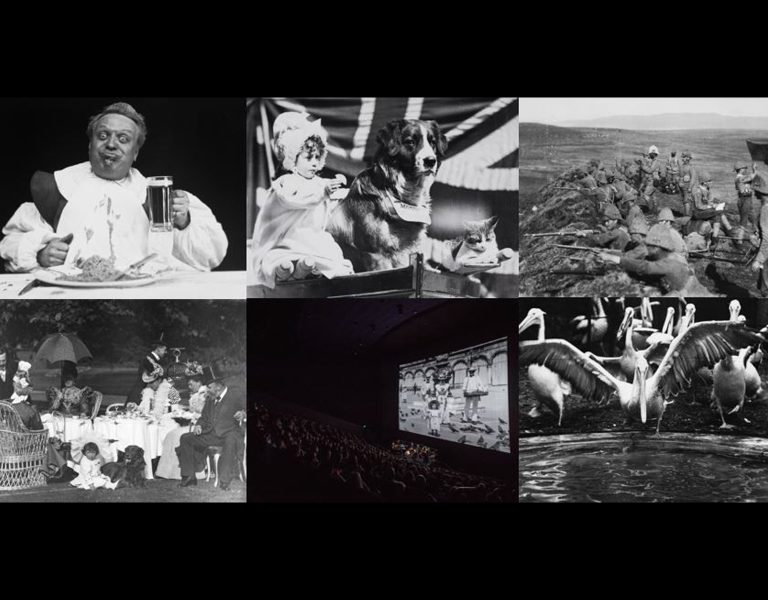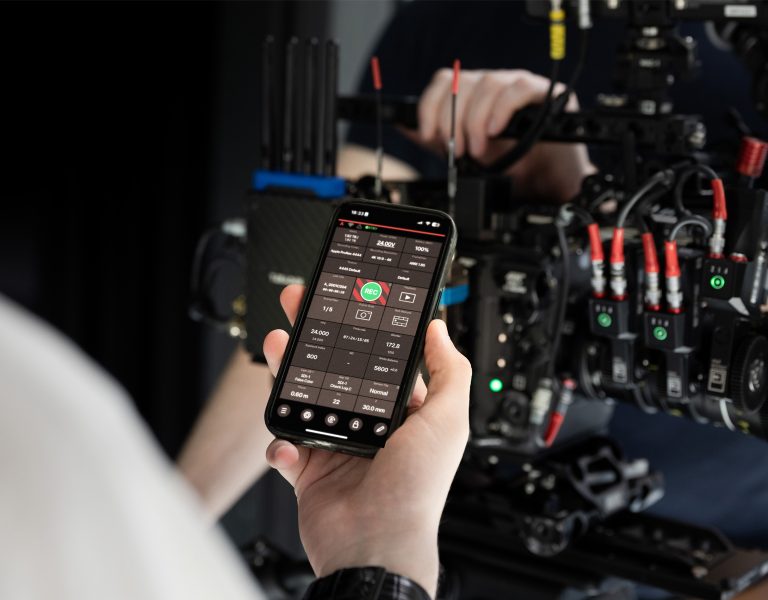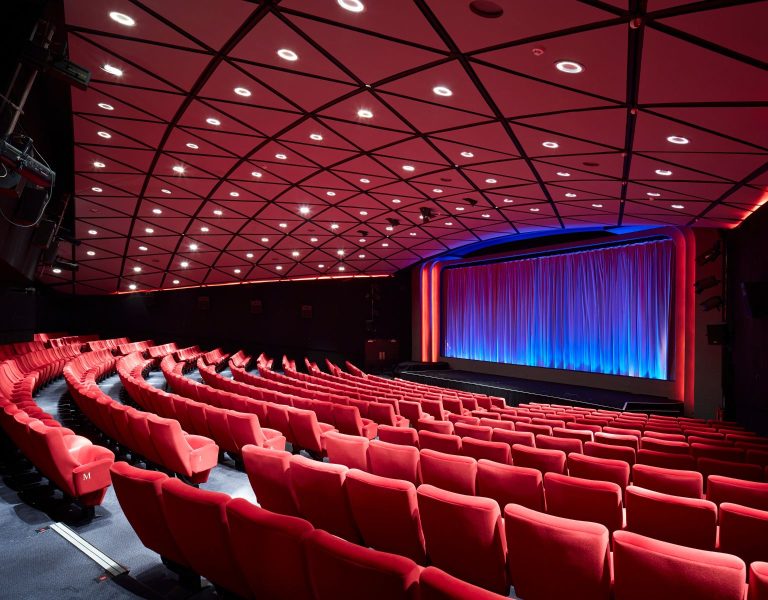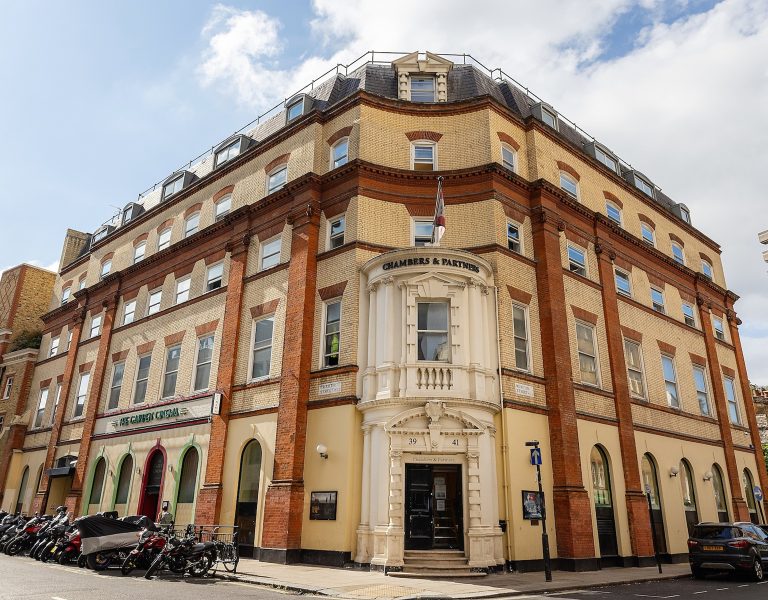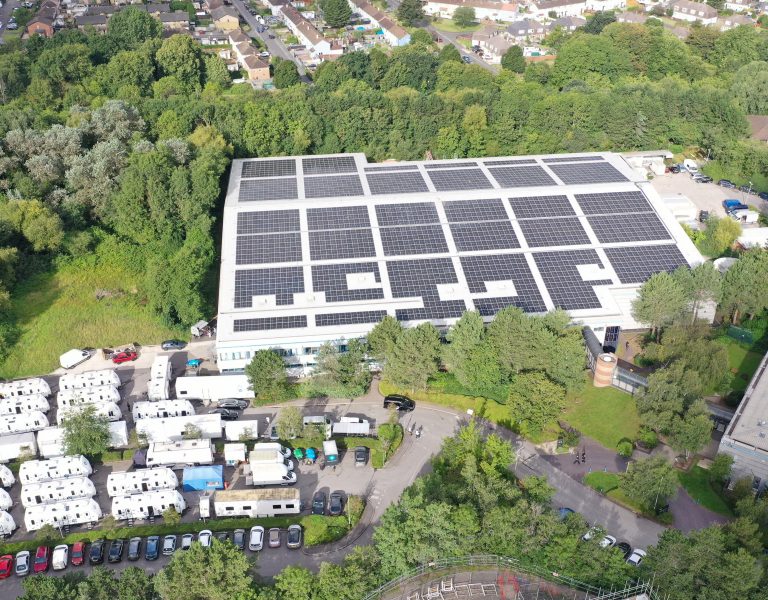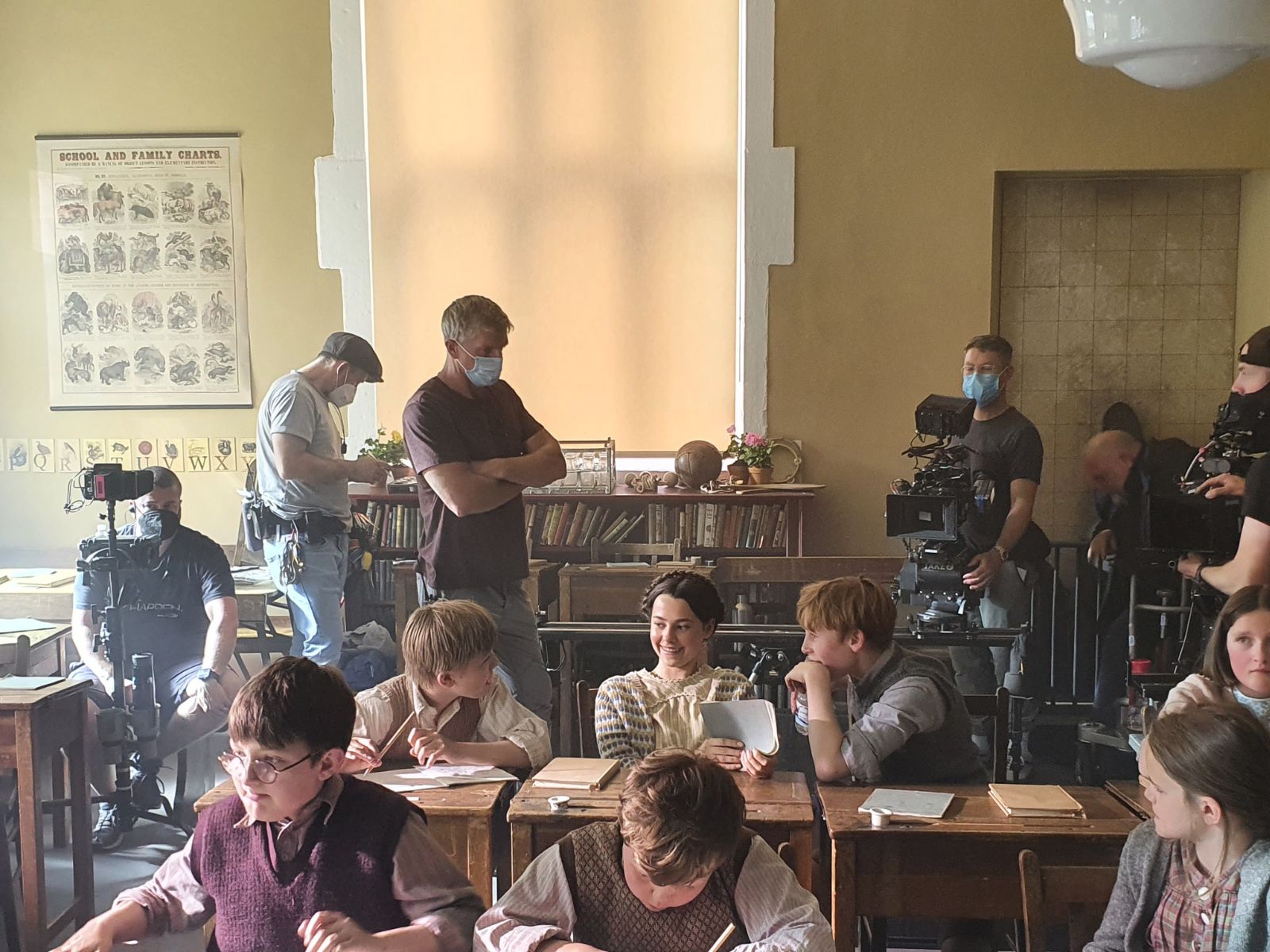
Just over half a century ago, one of British cinema’s most memorable and heart-warming movies, The Railway Children, was released. Based on the 1906 novel of the same name by E. Nesbit and starring Jenny Agutter, Bernard Cribbins and Dinah Sheridan, the story of the Waterbury family has captivated audiences ever since.
Fast forward just over 50 years, and cinemagoers were offered the chance to revisit the iconic country landscapes and steam railways made famous by the original film in a sequel – The Railway Children Return. Jenny Agutter, who played one of the children in the original film, reprises her role as Bobbie, now a grandmother, who takes in three young evacuees during World War Two, with the story unfolding from there.
For cinematographer Kit Fraser, the project offered a range of interesting creative and technical challenges, and his goal was to create a grittier and more realistic visual aesthetic for the new adaptation while still honouring the original film.
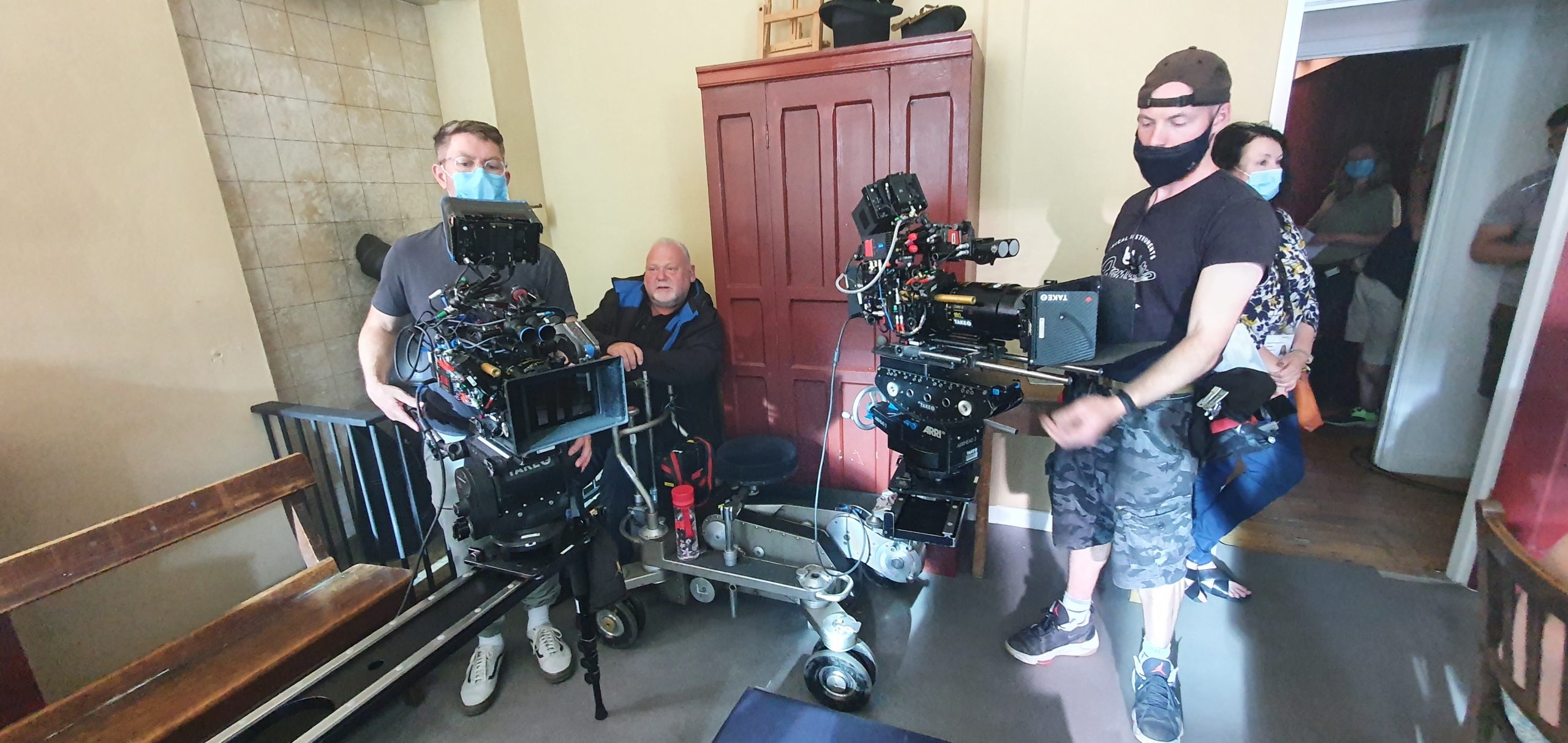
Lights, camera and lenses
To capture the best possible footage, Fraser selected the Alexa Mini LF camera for its size, as it allowed for easy handheld shooting. The LF model was chosen because it provided a high pixel count, which was necessary for theatrical and Canal+ distribution.
To light the film, the crew used a mix of daylight, tungsten lights, LEDs, and HMIs. These light sources were used in various combinations depending on the specific shooting conditions and requirements of each scene.
One of the main lighting challenges the crew faced was waiting for rain to stop so that they could continue shooting. They also had to work around the limited hours that the young actors were allowed to work each day. This required careful planning and coordination to ensure that the lighting remained consistent throughout the film.
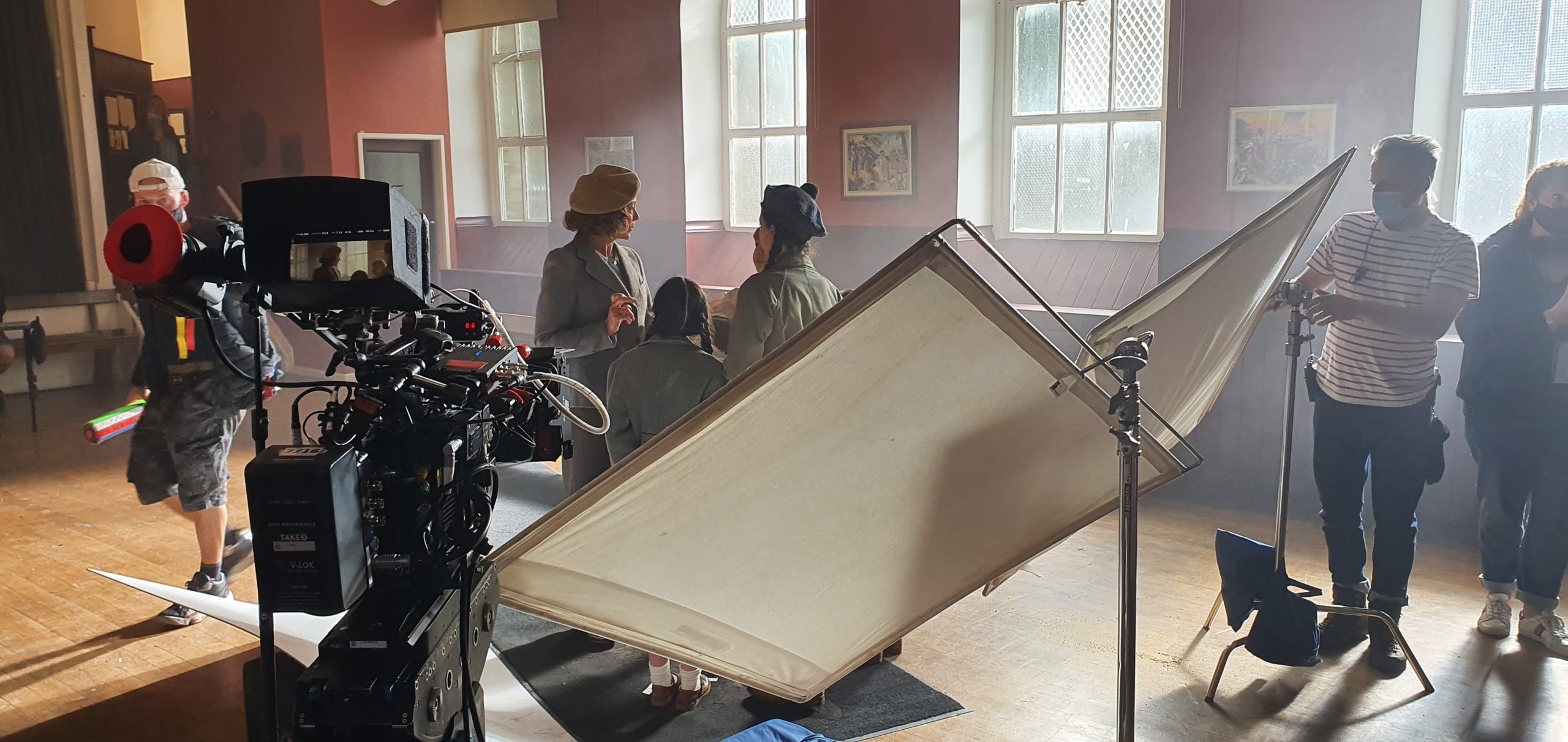
Turning to the choice of lenses used for the film, Fraser recalls, “As a production team, we wanted to pay homage to the original while also updating the visuals. Additionally, the director and I felt that anamorphics would give the film a more cinematic look, and it also allowed for a shallower depth without being overly glossy. This decision also allowed for a shallower depth of field and tight focus, which matched what the director, Morgan Matthews, was looking for.”
Fraser has been a user of Cooke lenses since he started working in the industry in 2006, describing them as his “go-to” choice for the majority of his projects. “For this production, I used Cooke FF 1.8x anamorphics as they allowed me to capture 90% of the sensor’s resolution in standard Anamorphic 2.39.1 ratio, which was well within the distributor’s requirements. 2x anamorphic reduce the overall pixel count by 25% on an FF Sensor and anything lower than 1.8x has less Anamorphic characteristic in the image. This allowed me to capture more information, and though I almost always use their lenses, I invariably test them to show the directors how they will perform. In this case, they were evaluated against the likes of Hawk anamorphic lenses and Cooke sphericals, before ultimately landing on the Cooke anamorphics,” says Fraser.
“Cooke lenses give classic anamorphic flares that are softer and have the characteristics of older lenses without being too intrusive on the picture,” says Fraser. “They are also kinder on the skin for different actors, rendering images more softly while also maintaining sharpness creating a beautiful aesthetic to the final picture.”
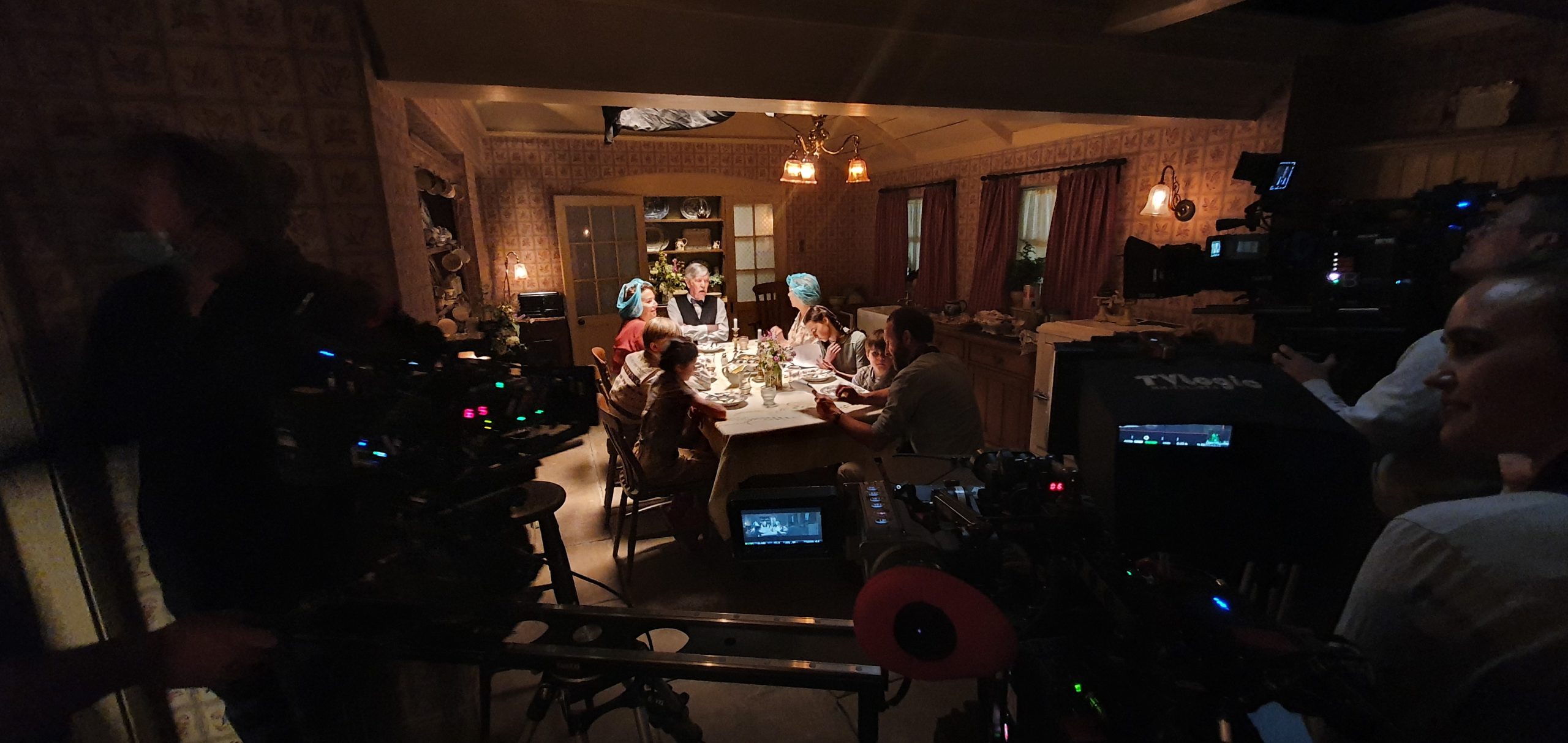
Mastering motion control
To help achieve some of the movie’s key shots, Fraser opted for equipment from Mark Roberts Motion Control (MRMC), a manufacturer and supplier of solutions for motion control, automation, broadcast robotics, volumetric and remote image capture.
The Modula System is a rig specifically designed to meet a variety of shooting conditions. As the name suggests, it is modular and can be configured depending on shooting requirements. At one key point in the story, for instance, the director wanted to recreate a scene from the original film – shot in the same location over 50 years before – where the children must stop a train, but with more energy and delivered using modern technology.
“We had some very specific requirements and scenes to shoot and used MRMC’s Modula motion control rig to help achieve some realistic shots of the steam trains travelling past the cameras,” says Fraser. This is where the Modula rig played an important role. Working on a live track, the crew was tasked with completing preparations on the day of the shoot, so built the rig on scaffolding into the hillside beside the track.
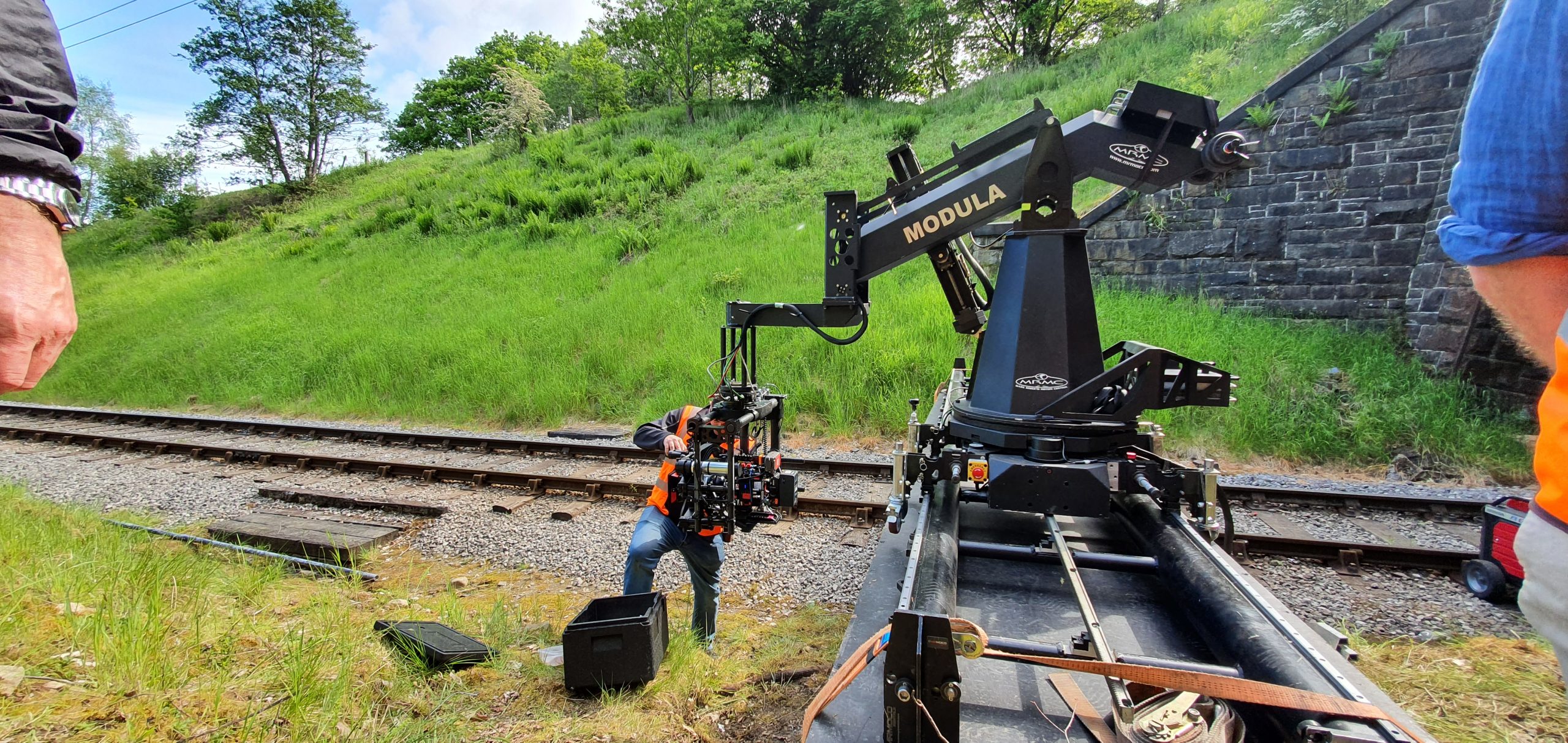
“We used handheld cameras for a lot of the film and wanted to continue that sense of energy, but knew that we couldn’t run an operator in front of a moving train! Instead, we shot multiple passes with the Modula motion control rig, including one pass to stop the train close to the camera,” says Fraser. “We found the controls for the camera movement and focus extremely easy to use. The Modula rig was really important in creating the illusion of a train that was an imminent danger to the children, making the scene incredibly realistic.”
“Working on this project was a great opportunity to revisit a classic piece of British film-making,” says Fraser. “As ever, the choice of technology plays a huge role, and by selecting equipment from Cooke and MRMC, we were able to capture the essence of the original production but also bring it fully up-to-date for a contemporary audience.”
